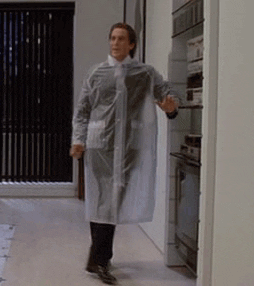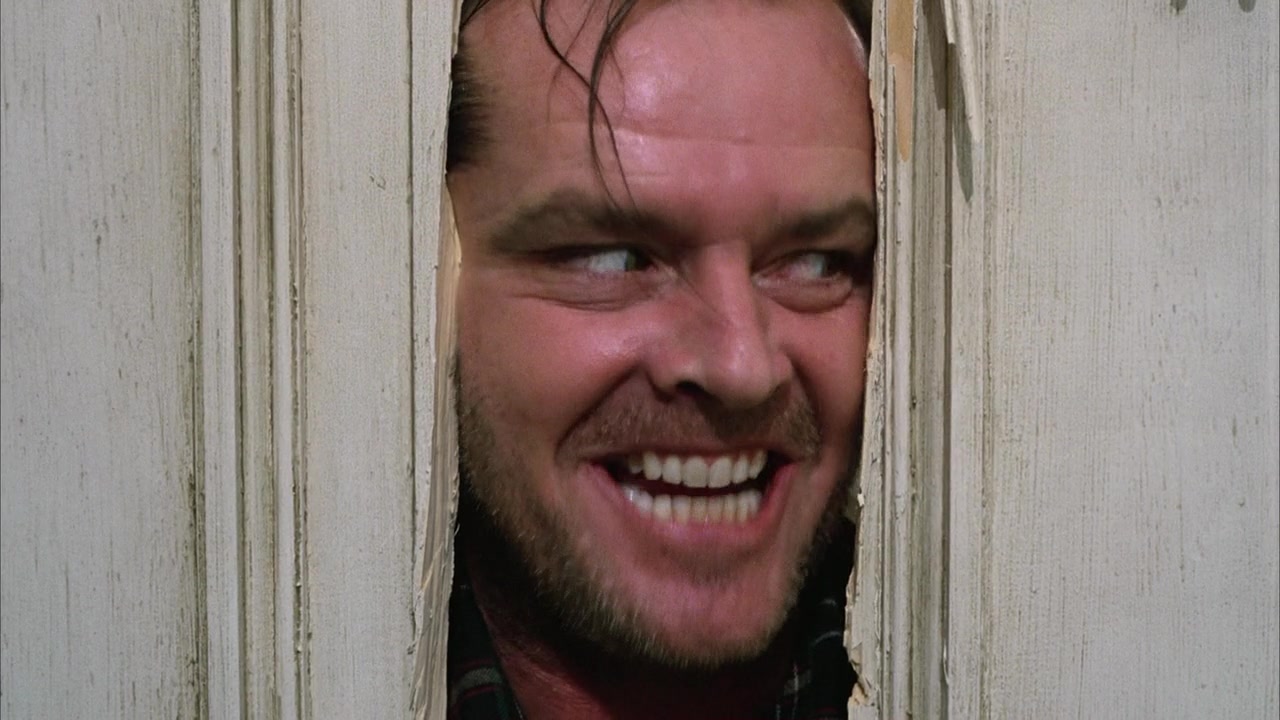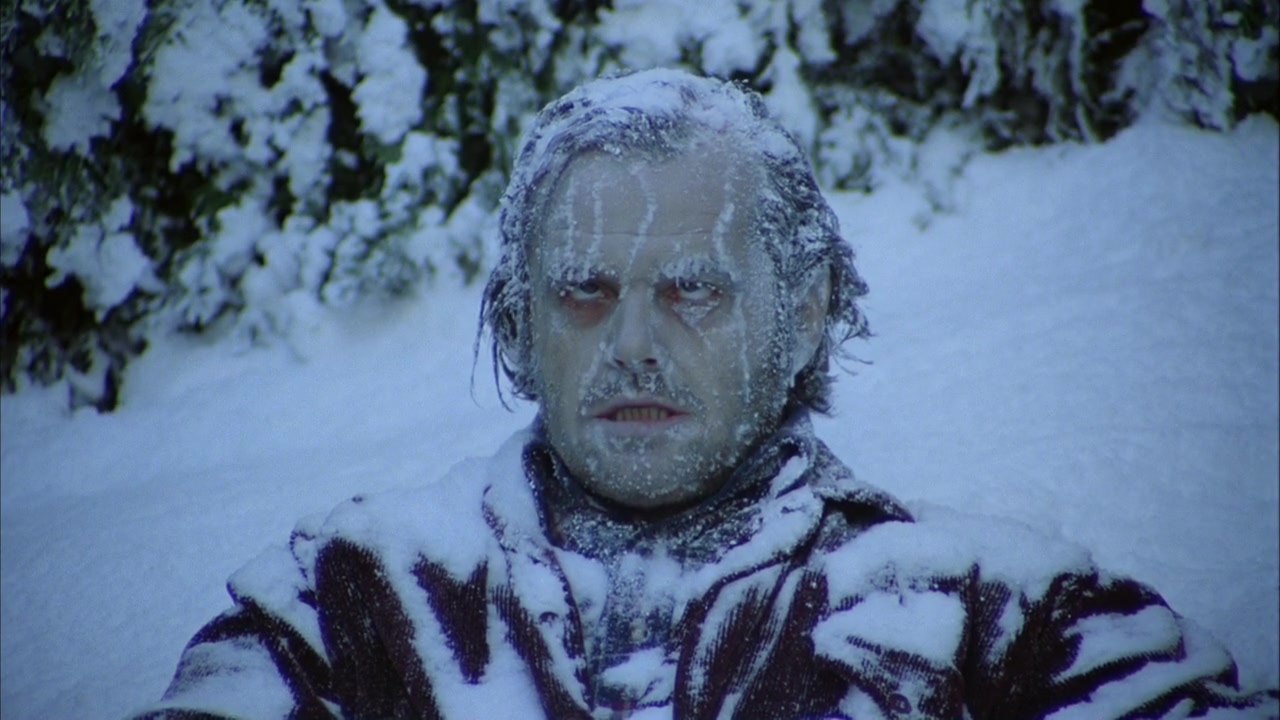Chris Snyder and Ian Phillips Nov 20, 2019, 7:30 PM
Following is a transcript of the video.
Narrator: In "Joker," Joaquin Phoenix portrays a new, complex version of the classic "Batman" villain: a man with a mental illness who we as the viewer follow on his dark, downward spiral towards violence.
And the ending is just as puzzling as his character.
Here's a closer look at all the details leading up to the final scene and what it probably all means.
And warning: spoilers ahead.
"Joker" ends with the main character, Arthur Fleck, being locked up in a mental institution after executing a man on live TV and inciting violence throughout Gotham. Or has he actually been in there the whole time, telling us and his social worker a story that is a very warped version of the truth?
First off, we have to take most of what we see in the film with a grain of salt, as Arthur is illustrated early on as an unreliable narrator. Director Todd Phillips even described him as such in interviews.
There are two clear examples of this in the movie. When he's watching "Live With Murray Franklin," he starts to imagine himself in the audience. In that scene, Murray asks him about his life and even brings him onstage. He hugs him and talks about him as if he were his own son. This all takes place in his head and illustrates his desire to be loved and the lack of a father figure in his life. More on the father stuff in a bit.
At one point, he also develops a relationship with his neighbor Sophie. They meet in an elevator, he invites her to see him perform at the comedy club, he rushes into her apartment and kisses her, and she even sits with him at the hospital at his mother's bedside. It all escalates so fast, which seems very unrealistic and out of character for him. And that's because none of it was real, as we discover later in the movie. Once again, it was all in his head.
So, how are we supposed to know what else in the story is real and what's not? On top of all his fantasies, Arthur also stops taking his medication. During one of the scenes with his social worker, we learn that he has seven prescriptions for his condition, and when the city cuts funding, he's forced to go off them. It's after this moment that he starts to gradually transform into the Joker, and it makes it even harder to trust anything he says or does.
But Arthur isn't the only one who's lying. His mother, Penny, has apparently been lying to him as well, which brings us to one of the other big mysteries of the movie. Is Arthur really Thomas Wayne's son? And, incidentally, Bruce Wayne's half brother?
She says she worked for them 30 years ago. They fell in love and had a child together, but he made her sign an NDA to never talk about this with anyone ever again. First, Arthur discovers the possibility by reading one of Penny's letters. While Wayne and Alfred ultimately deny this, Arthur does find a photo of Penny with a note on the back saying: We have no proof that Thomas Wayne actually wrote this.
It's also interesting to note that Wayne described all of his employees as family during an interview on TV.
Arthur goes to Arkham State Hospital to look for his mother's medical records to verify what Thomas Wayne tells him about her own mental illness. These say that Arthur was adopted and that he was abused by the men in her life. So it seems she is also unreliable, and he is likely not actually a Wayne after all, but he clearly wishes he was.
The building itself also plays a big role in the ending of the film, and the scenes offer some interesting clues. The building we see in most of the story is dark, dirty, and the walls are an off-white color. This detail is important because there's another version of Arkham that we see a few times in the film as well, one that is clean, bright, and has white walls.
Early in the movie, his social worker asks him if he remembers why he was put in the mental institution. The camera cuts to one of the rooms in this Arkham, showing him banging his head against the door, and in the end, he's sitting across from another social worker, similar to the scene in the beginning, after which he likely murders her and exits the room, leaving a trail of bloody red footprints.
So, which Arkham is the real Arkham? If the entire story took place in his head, the white Arkham is the real one, and he may have been speaking to the social worker the entire time. Either he's telling her the exact story or some warped version of it. He also tells his social worker:
Arthur: All I have are negative thoughts.
Narrator: This would explain why Gotham City is so dark, dirty, and ravaged. There are superrats running around, and garbage is piling up because of the strike. The other, less likely possibility is that the scenes in the white asylum took place much later or much earlier than the events in the movie.
It's possible he was institutionalized after all of the murders and much of the story was true, including the on-air murder of Murray and the riots in the streets.
By the end of the movie, even Joker himself doesn't know what's real and what was fake. He tells Murray to call him Joker when he introduces him, because he thinks that's how Murray referred to him when he aired his stand-up clip, but that never happened.
Murray: Check out this guy.
Narrator: At least from the viewer's point of view. So, the origin of his name was just as ambiguous.
There are numerous references to "Taxi Driver" in "Joker," which served as a big inspiration for the film, and both endings are very similar.
The main characters commit brutal acts of murder, yet the city ultimately praises them for their actions. Both films seem to be commenting on the craziness of a culture that can turn violent criminals into heroic figures.
Everything ends on a happy note for Travis Bickle and Arthur Fleck, at least in their minds, but it's up to the viewer to decide what's real and what's not.























